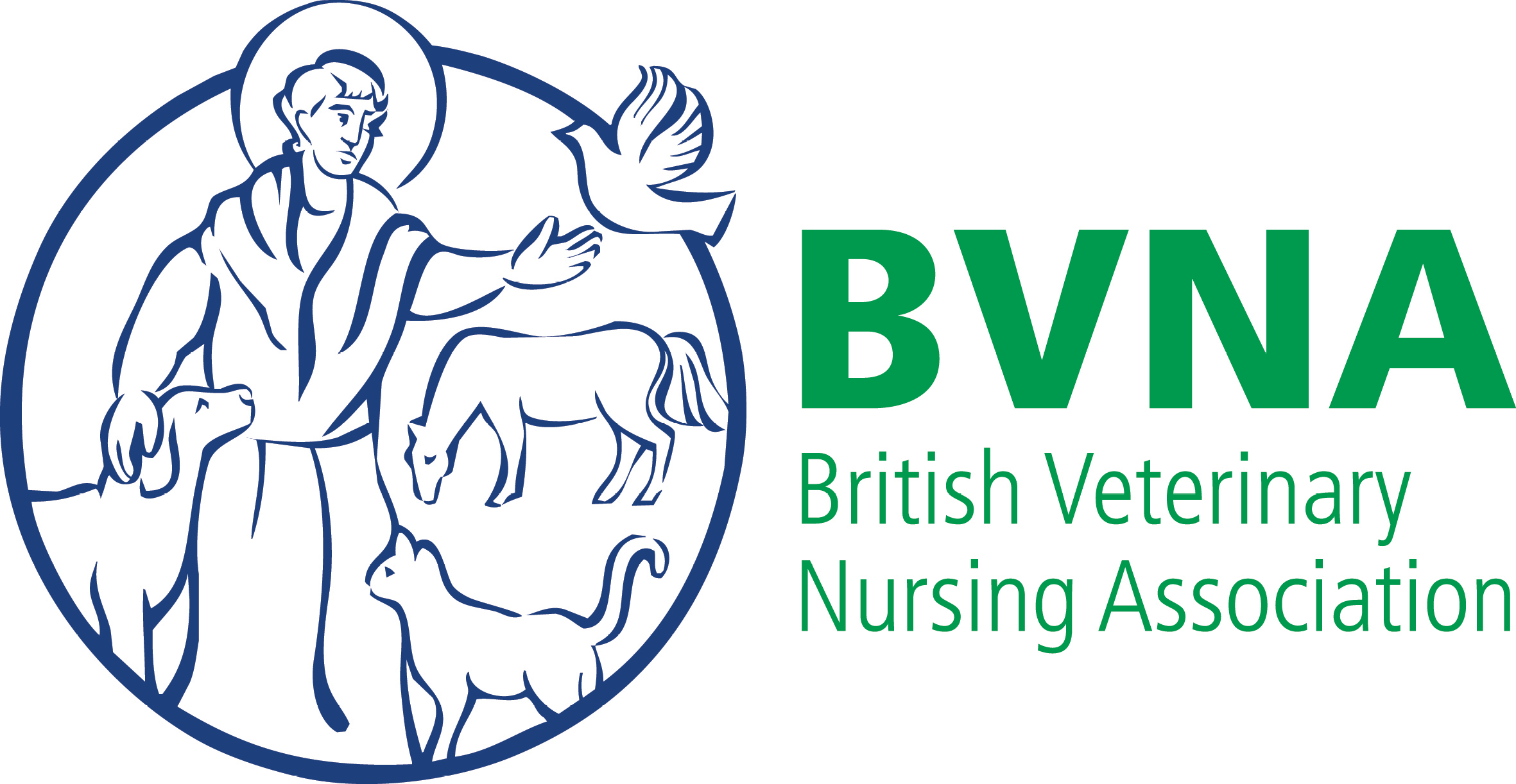Pet owners’ expectations of veterinary staff in providing end- of-life support
Kathleen Cooney and others, Companion Animal Euthanasia Training Academy, Loveland, Colorado
For many pet owners, the intensity of grief experienced when a pet dies is similar to that when they lose a human family member. However; there are none of the traditional rites and rituals that follow a human death when dealing with the body of the pet. The authors carried out an anonymous survey on the perceptions of more than 2,000 pet owners of what they would want to happen after their pet dies or is euthanased. Their findings indicate that most owners rely on their veterinary team for guidance in making decisions about postmortem care of the pet. They say this study creates a foundation for practical, ethical recommendations for dealing with the pet's body which can help veterinary teams acting on behalf of their clients.
Topics in Companion Animal Medicine http://dx.doi.org/10.1016/j.tcam.2020.100503
Use of propofol to encourage eating in anorectic dogs following ovariohysterectomy
Virginia Papageorgiou and others, University ofThessaloniki, Thessaloniki, Greece
Changes in metabolic function can occur in surgical patients due to the stress of anaesthesia and the pain and trauma caused by the procedure. This may result in breakdown of glycogen, fat and lean muscle, which can cause loss of appetite and adversely affect recovery The authors investigated the effect on food consumption of intravenous propofol at a dose of 2 mg/kg in dogs that had failed to eat within six hours of waking after an elective ovariohysterectomy In the propofol-treated group, 87% of dogs ate food immediately after receiving the treatment compared with only 5% of those in the placebo group.
Journal of the American Veterinary Medical Association 259(1), 56-61.
Influence of long-stay catheters on haemostatic variables in healthy dogs
Jessica Kielb Basile and others, Veterinary Specialty & Emergency Center Levittown, Pennsylvania
Critically ill dogs will often have indwelling catheters placed to facilitate blood sampling without the need for repeated venipuncture. The authors compared the haemostatic variables in samples obtained from indwelling catheters compared with direct venipuncture over a 72-hour period. Their findings suggest that in healthy dogs, accurate haemostatic variable measurements can be obtained using indwelling catheters, maintained with heparinised saline, for at least 72 hours.
Journal ofVeterinary Emergency and Critical Care https://doi.org/10.1111/vec.13085
Accuracy and consistency of blood oxygen measurements with fingertip pulse oximeters
Tamas Ambrisko and others, University of Illinois, Urbana, Illinois
One reason for the higher rates of perioperative mortality in veterinary patients, compared with humans, is the quality and quantity of patient monitoring equipment used. The authors evaluate the repeatability and accuracy of fingertip pulse oximeters in measuring pulse rate and haemoglobin oxygen saturation in arterial blood in healthy anaesthetised dogs breathing 100% oxygen. Their findings suggest that these devices may be suitable for accurately monitoring the pulse rate of anaesthetised dogs but slight underestimates of oxygen saturation levels in arterial blood can occur
American Journal ofVeterinary Research 82(4), 268-273
Recommendations for optimal nutrition for ferrets, rabbits and rodents
Lindsey Bullen, Veterinary Specialty Hospital of the Carolinas, Cary, North Carolina
Ferrets, rabbits and rodents are increasingly popular pet species and are likely to be presented ever more regularly for veterinary evaluation. Various illness in these animals may be associated with poor husbandry and an unsuitable diet. The author reviews current knowledge of the nutritional needs of these species, which she terms "pocket pets”. She also emphasises the importance of sound consultation skills – a thorough medical history, dietary history and physical examination are all essential in making a correct diagnosis and appropriate dietary recommendations.
Veterinary Clinics of North America (Small Animal) https://doi.org/10.1016/j.cvsm.2021.01.001
Haematomyelia and myelomalacia due to inadvertent thoracic spinal injection in a cat
Guillaume Dutil and others, University of Bern, Switzerland
A four-month-old cat was presented with acute paraplegia after the referring veterinarian performed a subcutaneous injection of cefovecin and dexamethasone in the caudodorsal thoracic area. Clinical examination and an MRI scan revealed changes compatible with a suspected traumatic intraspinal injection. Despite intensive supportive care, the patient showed no improvement and was euthanased. This appears to be the first report of a thoracic intraspinal injection causing myelomalacia defined by ante-mortem MRI and confirmed postmortem by histopathology.
Journal of Feline Medicine and Surgery Open Reports https://doi.org/10.1177/2055116921995394
VOL 36 • September 2021 • Veterinary Nursing Journal
